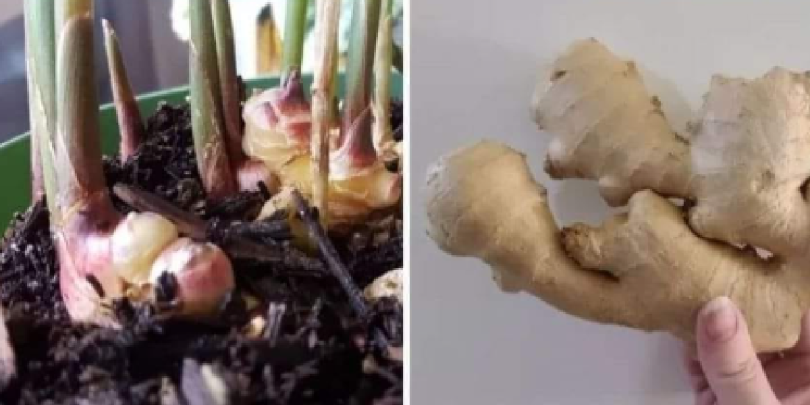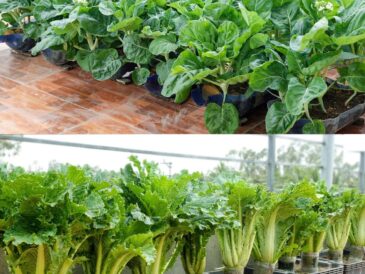These are small bulbous protrusions that indicate where new shoots will appear.
The more of these you see on the root, the greater the chances it will develop into a lush plant. You can also divide a large root into several sections, each containing one or two buds.
Ensure you have the right light and temperature: late winter or early spring is ideal, with temperatures around 20 or 21 degrees Celsius.
However, you can try at any time of the year, as long as the root intended for sprouting is not exposed to excessive heat or intense direct light.
You can proceed in two ways: germinating the roots in water or in soil.
Water method: Take a jar or a small bowl, fill it with water and soak the root for 4 to 5 hours. Remove the roots, then pat them dry with paper towels. Place them in a plastic bag (or jar) and close it. Let them sit like this for a week. When the first shoots begin to sprout, fill a small pot with rich, well-draining soil, then plant the shoots with the sprouting part facing upwards. Water lightly and wait for the soil to dry out before watering again. After three weeks, you should see each shoot growing, forming green stems and then leaves.
In summary, this method requires some patience, but the results are worth it. Feel free to experiment and watch your ginger rhizome transform into a beautiful plant.




